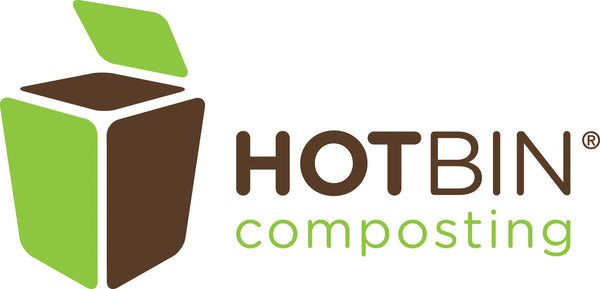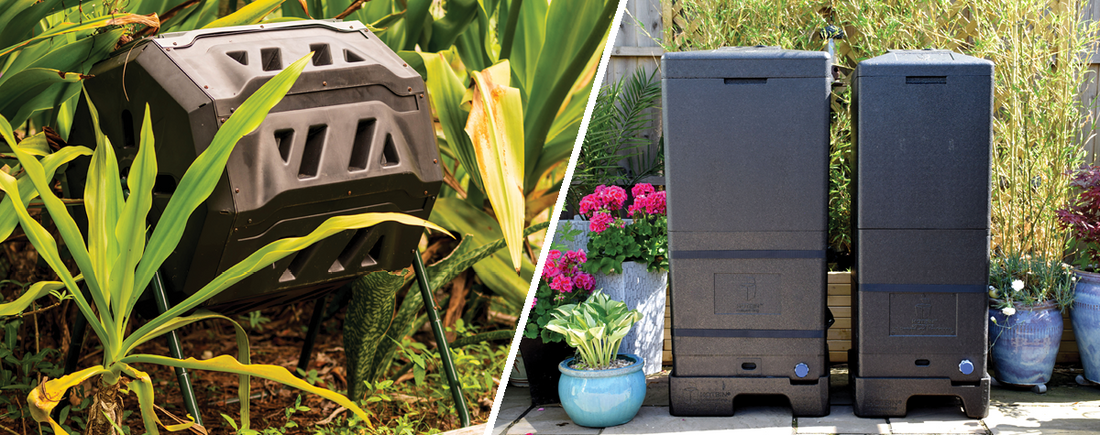I am writing this article with HOTBIN’s mission in mind which is ‘to divert organic waste from reaching our landfills by having more households composting at home.' If you have a similar mission in mind and are deciding on the type of compost bin to purchase, a tumbler or a hot composter like HOTBIN, you may want to read this article.
When exploring options and making purchase decisions, we are faced with a plethora of choices across a range of price brackets. While price points should always be considered, value to you and your lifestyle is also critical when making the final decision, as composting is not a short-term proposition, but a long-term commitment.
Master composters and experts in the matter agree that when composting becomes too time-consuming and labor intensive to a user’s lifestyles, they become frustrated, disheartened, and more likely to walk away and stop composting. This is the last outcome that composting advocates and the sustainability minded want to hear, and thus the reason why we write informational types of articles like this one.
We believe that by highlighting relevant information that needs to be taken in consideration when choosing the right composter, we can guide the final decision-making process and help you make that important commitment to reduce waste possible.
That said, if you are deciding whether to buy a tumbler compost bin or the HOTBIN, here is a quick expert recommendation and list of considerations to enable you to evaluate and determine the type of compost bin that best fit your requirements and lifestyle.
Price: Inexpensive should not be confused with value. The price of a composter should support certain characteristics that make them the most valuable and efficient solution for you such as: Easy to use; durability; ability to compost a wider range of food and garden waste; capable of withstanding changes in weather; and having an efficient (fast) throughput, among some.
Convenience: Speed, simplicity and ready to use are synonymous to high convenience products. Different from a HOTBIN that composts by frequently adding most types of food and garden waste; Tumblers need repeated turning, tumbling, rotating and spinning to aerate the waste, keep a level of efficiency and maintain decomposition. As more waste is added, the load inside gets heavier and more difficult to turn. To improve that inconvenience, tumbler manufacturers are now offering an ‘Easy Turn Kit’ for an additional $90 that has 3-gears like bikes. The kit assist users in turning heavy compost materials.
Efficiencies: Most tumblers are cold composters with a recycle cycle of at least 6 months. In contrast, a HOTBIN composter is 32 times faster producing compost in 30-90 days, all year round. BTW, this is not a marketing fact but a scientific one (Temperature Coefficient Q10). As the heap temperature increases so does the rate of breakdown, making hot composting an efficient and effective solution.
Our expert recommendation:
If your goals include:
- Composting more types of food and garden waste including cooked food meat, leftovers, bread, pasta, etc. — and you want to compost all year round (through winter).
- A compact, clean system with no mess — and thus no vermin, flies or odors.
- Efficient compost production in a short period of time.
- Minimum effort, no tumbling or turning required to aerate your composting waste.
If in contrast, you are OK with turning and tumbling your waste as it is added, and in waiting 6 months to produce your compost; a Tumbler should meet your requirements.
Additional reading:

